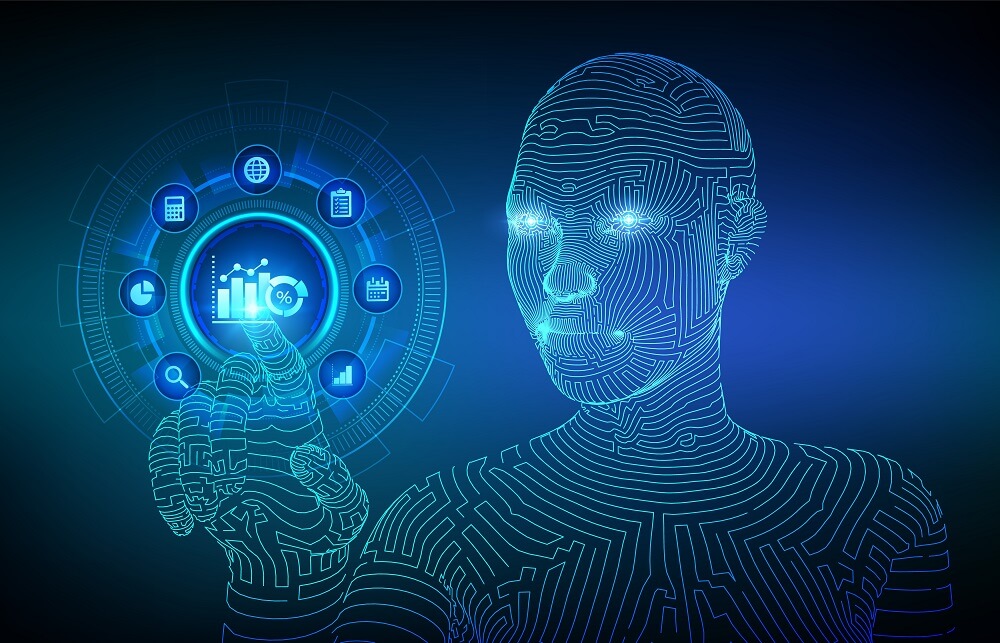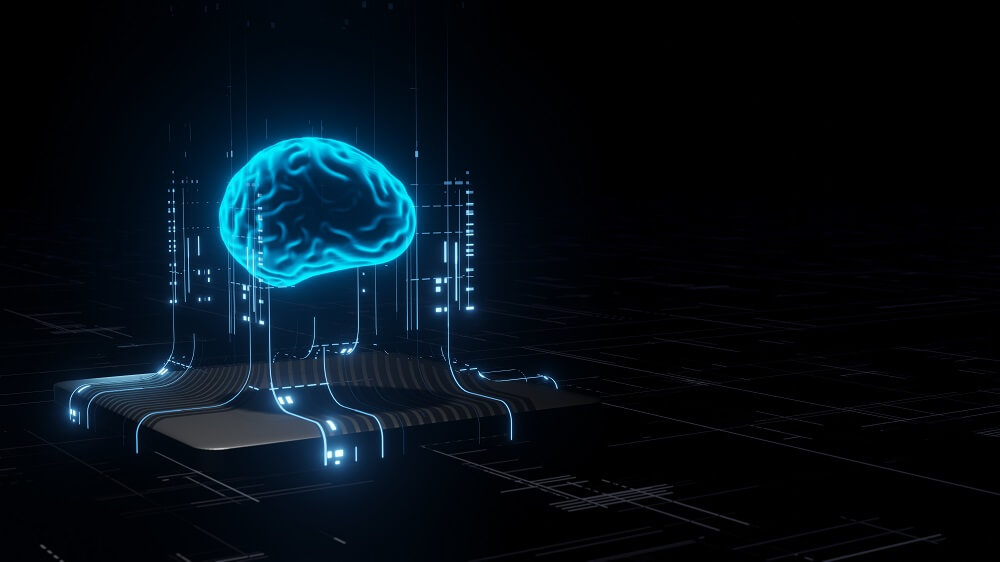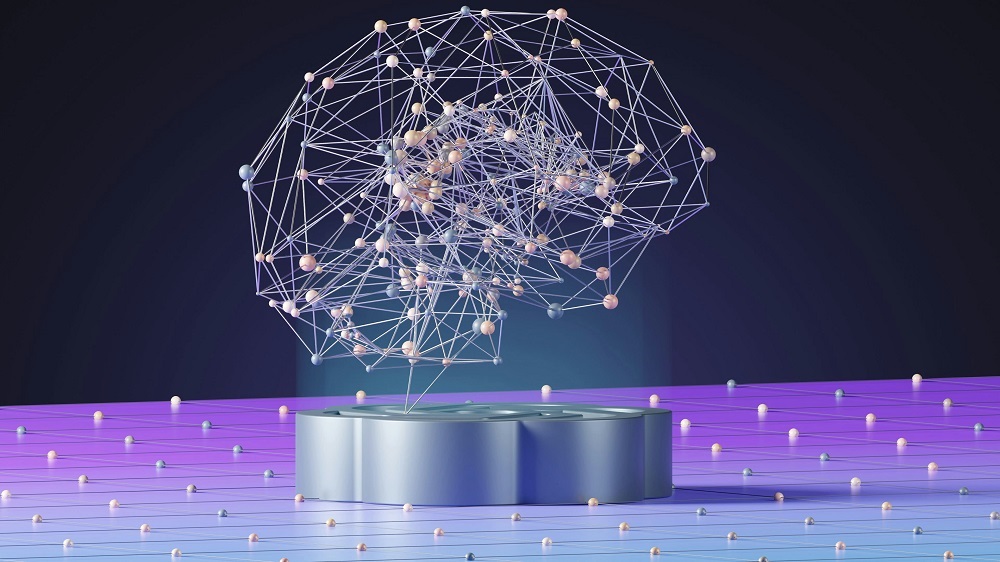Artificial intelligence along with Machine Learning has been disrupting business operations vastly over the last few years. AI has and will continue to change the way humans live and interact with digital devices. However, the heightened-restrictions and policies imposed to combat the COVID-19 pandemic have accelerated the growth of artificial intelligence.
The global market size of AI is expected to grow at a CAGR of up to 42.2% between 2020 to 2027 (ThinkML). AI has facilitated various innovations across major sectors like automobile, healthcare, finance, retail, etc.
Artificial Intelligence trend to look forward to in 2021
Robotic Process Automation (RPA)
This is one of the most disruptive technologies of AI. Basically, RPA helps in carrying out monotonous manual tasks. Unlike humans, RPA can efficiently perform mundane, high-volume tasks on computers without creating any problems. For instance, consider a client invoicing activity. In this activity, the robot itself will open the email through RPA, copy the given data into a CRM database, and then gather data from another related database. The robot then will reply to the client with new data. Also, it can carry out the same task, multiple times in a day, thereby enabling humans to focus on other productive tasks.

Technically, RPA is a robot that performs repetitive manual tasks using software. When there is something that is beyond the robot’s knowledge, it will notify its owner for intervention. RPA finds application across various tasks like payroll processing, billing, tracking and extracting data, invoicing, shipment scheduling, etc. The combination of the human workforce and robots is known as Hybrid Workforce.
A financial service providing company, Vanguard, executes exceptional trading tasks using RPAchatbot. However, RPA cannot overcome the need for manual intervention. The amalgamation of technology and humans enables businesses to provide better services to their clients.
Reinforcement Learning
There is an increased demand for Reinforced Learning across different industries. RL or Reinforced Learning is a specific application of deep learning that operates based upon its experience for improving the effectiveness of data. During this learning process, the software program is made to ingest various conditions that explain its tasks.
For instance, consider a Chatbot programmed to interact with customers like greetings and respond to common queries such as order booking, consultation calls, etc. Sequential conditions can be added to the Chatbot using RL. Reinforced Learning will augment the productivity of the Chatbot as well as improve its capabilities in acquiring sales and redirecting calls to the relevant department.
The other significant applications of RL include advertising content optimization, controlling aircraft, robotics in planning business strategies, automating industries, building motion control robots, personalized recommendations, etc.
Chinese e-commerce site, Alibaba, uses RL to improve its ROI for online advertisement by 24% without increasing its budget. The Chinese multination technology company has also built a bidding model for impression per hour and used it to perform real-time bidding.
NLP – Natural Language Processing
This is one of the most-wanted applications of AI in recent times. NLP is basically a machine learning model that teaches computers to understand what is written or spoken about a particular process. The prominence of Natural Language Processing is constantly increasing because of its significant applications, e.g.Google Home, Amazon Alexa, etc.
Further, NLP is eliminating the need for typing or interacting with a device’s screen, as now people can engage with systems and robots in their own language. There are two sub-applications in NLP:
Natural Language Understanding: As the name suggests, NLU enables machines to study a written text and understand its correct meaning.
Natural Language Generation: This enables machines to generate a natural response for any given input, say any text.
For example, YouTube takes the help of NLP technology to automatically generate captions across the platform. YouTube first used this technology in 2009 for language translation purposes.
The usage of NLP will exponentially increase in 2021 for machine translation, sentiment analysis, process summarization, chatbots, and auto-video caption generation.
Edge Computing
Massive amounts of data is generated every day by smartwatches, smartphones, IoT-enabled devices, etc. Gathering and processing the entire data in one place is a cumbersome process. Also, all the information needs to be shared with cloud devices for processing purposes. Therefore, the dependence on the internet is high, making data processing even more complicated.
Edge computing offers data storage and servers for gadgets and allows them to access their device and dump their data in it. Also known as real-time data processing, edge computing outperforms cloud computing in terms of efficiency. Edge computing is also performed on nodes – a mini-server located closer to a local telecommunication provider. Nodes assist in building a bridge between the cloud and local service provider. Besides being a time-saving technique, edge-computing is also cheaper and enables businesses to provide better and instant services to customers.
AI for data breaches & cybersecurity
Advanced AI tools help in garnering and analyzing a host of data sets. These tools enable businesses to fetch information from various sources like websites, news, blogs, stories, etc to detect data breach threats. The more the data gathered, the greater the accuracy of the system.
In 2021 and the coming years, digital data will be at a higher risk of breach and more vulnerable to phishing attacks. AI, along with other advanced technologies will assist the security department of organizations in building a digital shield to protect data from malicious attacks. AI comes with enhanced enterprise cybersecurity measures that can help businesses avoid cybercrimes in the years ahead. The AI-enabled systems will identify fake transactions or digital activities and assist in protecting sensitive data from data hacking firms.
Also, it takes just seconds for AI systems to detect suspicious activities, thereby enabling security dealers to respond to such high-priority activities, much faster than usual. In 2021, the demand for AI in cybersecurity will increase owing to its high efficiency and other capabilities.
AIoT
Internet of Things (IoT) helps in managing the interconnected devices effectively. At present, IoT devices are carrying out various tasks in homes and organizations. However, with the help of AI, researchers have enhanced the potential of IoT devices. IoT technology can provide real-time information in CRM (customer relationship management) and software. Also, it helps in monitoring the performance of various interconnected gadgets.
AI-driven smart solutions help in discussing or delivering issues remotely and facilitates high-maintenance in industrial devices. In the goods manufacturing industry, sensor-driven AI facilitates predictive maintenance. Smart Home Devices like Google’s Nest will gain more prominence.

Quantum AI
In the coming years, advanced businesses will use quantum supremacy in supercomputers to quantify the Qubits. Quantum computers can solve problems at a faster pace than classic computers, as they process in quantum bits. Also, quantum computers help in data analysis and the prediction of many unique patterns.
IBM and Google are most likely to build these extraordinary computers and will provide the opportunity to explore the power of quantum computing.
Quantum computers will leave companies across various industries awestruck with their capabilities in discovering inaccessible problems and also foreseeing meaningful solutions. These future computers will further provide breakthroughs in areas like finance, healthcare, biology, and chemistry.
Quantum computers will be a significant AI trend in 2021, as many businesses are looking forward to it.
Facial recognition

Facial recognition technology is projected to grow at an accelerated pace in 2021, as a result of the COVID-19 outbreak and its repercussions. Facial recognition technology uses biometrics to identify facial features from images as well as videos and compares this data with the information that is already available in the database.
For instance, Facebook, one of the most popular social media platforms, uses Deep Face Program to helps users easily tag their friends and family members in a photo. Similarly, iPhones have an embedded Facial Recognition System that helps users to unlock their phone when paying bills or doing other related activities.
In the years ahead, facial recognition technology will evolve to be more precise and sensitive and will find increased applications in healthcare, aviation, retail, etc.
Summing Up
Undoubtedly, artificial intelligence will transform and continue to dominate the entire digital era with increased precision and accuracy. However, organizations will have to endure several challenges before actually benefitting from the capabilities of AI. Also, the challenges will differ for companies as the scope of AI varies according to the business type. Organizations must figure out the right way to implement AI solutions for optimizing their operations, improving customer services, and most of all, for the betterment of their business.









